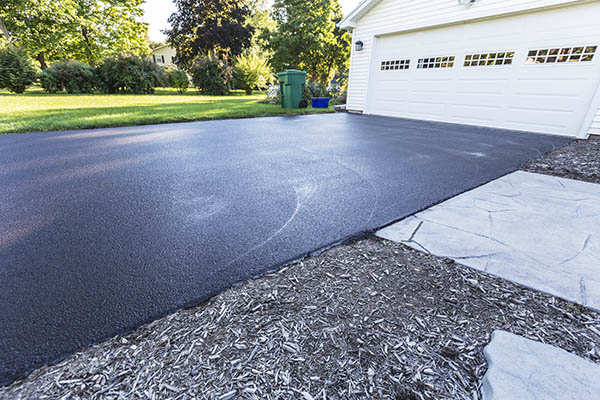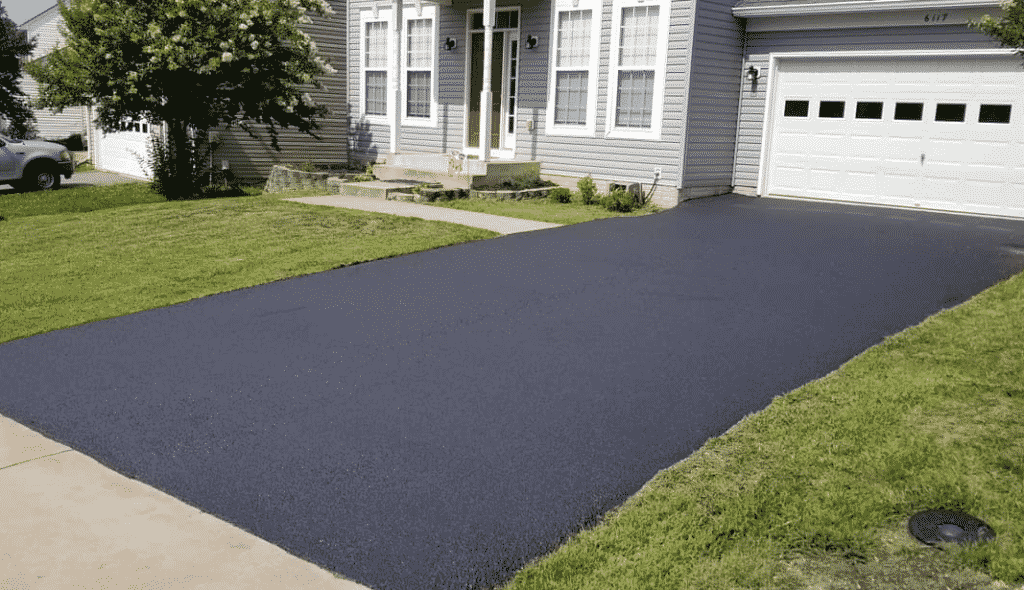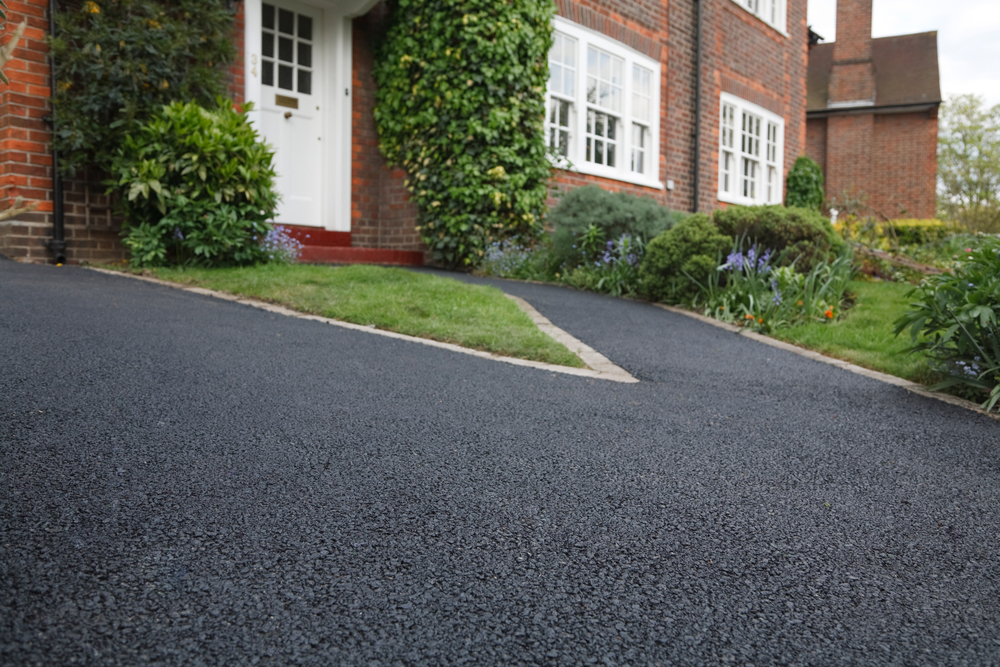Warm Mix Asphalt: A Sustainable Remedy for Pavement
Warm Mix Asphalt (HMA) has emerged as a leading sustainable selection for pavement remedies, offering a myriad of innovative technologies and ecological benefits. Its ability to minimize and recycle materials energy intake offers an engaging situation for its adoption in roadway construction tasks. Moreover, the long-term efficiency and resilience of HMA make it a preferred choice for framework development. As the need for eco-friendly construction techniques grows, discovering the nuances of HMA's sustainability can supply useful insights into the future of sidewalk options.
Ecological Benefits of Warm Mix Asphalt

Furthermore, Warm Mix Asphalt helps to minimize city warm island effects. Its dark shade soaks up sunshine, lowering the amount of heat showed back right into the environment contrasted to lighter-colored pavements. This can decrease ambient temperature levels in metropolitan areas, decreasing the need for cooling and eventually decreasing energy consumption.
On top of that, Warm Mix Asphalt adds to enhanced stormwater administration. Its porous nature allows water to penetrate the sidewalk and charge groundwater materials, minimizing drainage and the threat of flooding. These environmental advantages make Hot Mix Asphalt a sustainable choice for leading highways and roadways.
Energy Performance in HMA Manufacturing
Is energy performance a crucial consider the production of Hot Mix Asphalt (HMA)? Absolutely. Energy plays a substantial function in the production of HMA, affecting both expense and ecological sustainability. One essential facet of power effectiveness in HMA production is using cozy mix asphalt (WMA) technologies (angled parking). WMA permits the blending and positioning of asphalt at lower temperature levels compared to standard hot mix asphalt, resulting in decreased power usage throughout manufacturing. This process not only lowers fuel use but likewise lowers greenhouse gas discharges, making it a much more eco-friendly choice.
Furthermore, innovations in plant modern technologies have led to more energy-efficient HMA production processes. Modern plants are created with attributes like recycled asphalt sidewalk (RAP) handling abilities, effective heater systems, and enhanced insulation, all adding to energy financial savings. By enhancing power use in HMA production, the market can lower its carbon footprint while preserving top notch pavement materials. Energy efficiency is, therefore, a vital factor to consider in making sure the sustainability of Warm Mix Asphalt production.
Recyclability of Warm Mix Asphalt
The recyclability of Warm Mix Asphalt (HMA) is a pivotal aspect of its sustainability and long-lasting ecological effect. HMA is among the most recycled products in the USA, with over 100 million lots of recovered asphalt pavement (RAP) being recycled every year in brand-new sidewalk building. Reusing HMA offers a number of ecological advantages, such as lowering the demand for virgin products, decreasing energy consumption during production, and reducing the amount of waste sent to land fills.
The procedure of reusing HMA includes grating the existing sidewalk, squashing it right into smaller sized items, and mixing it with new accumulation and asphalt binder to produce a recycled mix. In general, the recyclability of HMA plays a significant function in advertising sustainable methods within the sidewalk industry.

Long-Term Efficiency of HMA
Asphalt pavements show sturdiness and durability over an extensive period, showing the lasting efficiency of Warm Mix Asphalt (HMA) Furthermore, innovations in HMA modern technology, such as the use of polymer-modified binders and cozy mix asphalt, have better enhanced the sturdiness and longevity of HMA pavements. By prioritizing quality building and upkeep techniques, HMA continues to prove itself as a affordable and sustainable service for resilient sidewalk infrastructure.

HMA: Toughness and Sustainability
Demonstrating both resilience and sustainability, Hot Mix Asphalt (HMA) has become a keystone in the construction of durable sidewalk facilities - angled parking. HMA's longevity originates from its ability to stand up to hefty loads, extreme weather, and high web traffic volumes, making it a dependable selection for streets, freeways, and airport runways. The make-up of HMA, which commonly consists of aggregates, binder, and filler, plays a critical duty in boosting its longevity and resistance to use and tear
Additionally, HMA's sustainability depends on its recyclability and energy-efficient production process. The ability to reuse reclaimed asphalt pavement (RAP) in new HMA mixes minimizes the demand for virgin materials and decreases the ecological influence of sidewalk construction and maintenance. Furthermore, the power effectiveness of producing HMA hinges on its lower mixing temperatures compared to various other pavement products, causing reduced power consumption and greenhouse gas exhausts.
Conclusion
In final thought, warm mix asphalt (HMA) uses a sustainable service for pavement with its ecologically pleasant attributes. HMA's recyclability, energy effectiveness in production, and long-term longevity make it an environment-friendly choice for road building. By preserving natural deposits, reducing waste, and lowering greenhouse gas emissions, HMA plays an important duty in advertising sustainability Resources in infrastructure growth. Its ability to alleviate metropolitan heat island effects additionally emphasizes its value in developing durable and ecologically aware sidewalk systems.
HMA is one of the most recycled products in the United States, with over 100 million heaps of recovered asphalt sidewalk (RAP) being recycled yearly in brand-new sidewalk check building and construction.The process of reusing HMA entails milling the existing pavement, squashing it right into smaller items, and mixing it with new accumulation and asphalt binder to create a recycled mix.Asphalt sidewalks show longevity and resilience over a prolonged duration, showing the long-term performance of Warm Mix Asphalt (HMA) Furthermore, advancements in HMA modern click this link technology, such as the usage of polymer-modified binders and cozy mix asphalt, have actually even more boosted the longevity and long life of HMA sidewalks. The capacity to recycle redeemed asphalt pavement (RAP) in new HMA mixes reduces the demand for virgin products and lessens the ecological impact of sidewalk construction and maintenance.